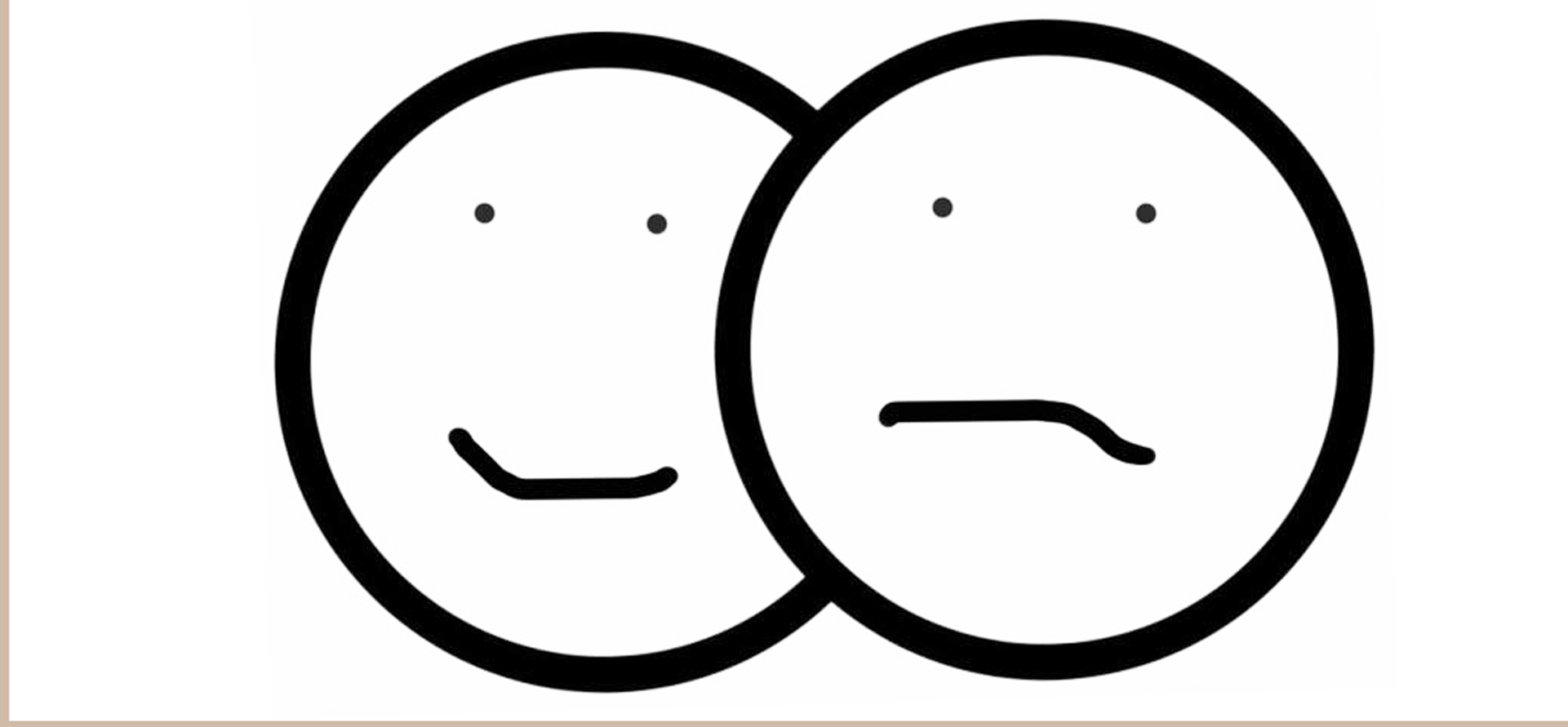
Flip Sides
Recently, I watched the Winter Olympics TV coverage – spellbound as a snowboarder went soaring and spinning above the half-pipe. The commentator announced: “her back side rotation is nowhere near as strong as her astonishing front side”. And once I’d figured out what this actually meant, I thought about other sportspeople where a notable strength is offset by a weakness; a tennis player with a powerful backhand but a weak forehand, or a golfer with an exceptional long game who is inconsistent on the greens.
In our lives, we are like those athletes. Our strengths are often the flip side of our weaknesses. And of course, vice versa.
So, in this week’s bullet blog I’d like to explore the idea that to maximise our strengths, we must also recognise, understand, and adapt where we are less capable.
For example, if you are very driven, it’s likely that you lead from the front, moving quickly to exploit opportunities you spot. I’ve no doubt this approach works and I’ve seen many outstanding businesses run this way. But colleagues of such a personality can feel as if they trail in their wake; communication is lacking, and people can end up feeling disenfranchised. That’s the flip side.
Conversely, colleagues of a very collaborative, communicative and consensual leader will fully understand business priorities and the part they each play. Can that same leader rapidly take advantage of business opportunities? Possibly not. Again, there’s a flip side.
My point is that we can’t have it both ways. The combinations of our abilities and blind spots are called working style preferences. We can’t choose or change these, since they reflect our psychological makeup. Depending on which expert you believe, there are between 4 to 16 different trait profiles describing our work behaviour. However, I find six broad categories will accommodate most of us:
Driver
Upside – Drivers take decisive action. They are organised and task-focused individuals who create their own processes. Working quickly and efficiently, drivers challenge the team to improve and have the grit to push on when others feel like quitting.
Flipside – Drivers may forget to consult and communicate widely, and as a result, end up venting their frustration at colleagues who are not on the same page. Drivers can’t abide inaction and need to feel in control.
Analyst
Upside – Analysts are diligent, logical and data-oriented; making them careful decision makers and good problem solvers. They uphold project aims and ensure deadlines and budgets are met.
Flipside – Analysts don’t seek involvement and may not interact with the wider team. If they are to perform at their best, they require a stable work environment, with clear organisational processes and structure.
Creator
Upside – Creators are big picture thinkers; generating ideas, finding solutions and creating vision. They are comfortable ignoring tradition, innovating and taking risks. Creators serve as a catalyst for change and prevent a business stagnating.
Flipside – Creators make decisions based on intuitive hunches not analysis. They can procrastinate and don’t enjoy follow through.
Orchestrator
Upside – Orchestrators hear your business pulse and the outside world’s heartbeat. By networking and harnessing resources, orchestrators make things possible. When Creatives originate ideas, Orchestrators happily pull them forward without any author’s pride.
Flipside – Orchestrators experience their rush of enthusiasm at the birth of a new project and tend to lose momentum and fail to follow things up in the final project stages.
Delegator
Upside – Delegators have a talent for stepping back to see the full scale of any issue. Because they recognise others’ abilities and are detached, logical observers – they excel at delegating, planning and helping others focus on their tasks.
Flipside – The more that Delegators delegate, the fewer tasks they retain beyond more delegating! If they don’t also pitch in to help colleagues, they can be perceived as not pulling their weight, as being work shy or even manipulative.
Sociable
Upside – Sociables are the glue holding teams together. They are supportive, expressive, and emotionally oriented and excel in building relationships with colleagues. Because they are good listeners and diplomats they avoid interpersonal conflict and create team cohesion, inclusion, communication and interaction.
Flipside – Sociables do not work quickly. Their caution and unwillingness to take sides may mean they put off decisive action. Sociables don’t like pressure or uncertainty, and their low-key profile can leave them feeling unnoticed, unappreciated and demotivated.
I hope you found yourself in there somewhere. Don’t worry if you straddled categories, this is quite common. Self-knowledge about our style, weaknesses and how we are perceived helps us realise our potential, eases tensions within teams – and improves relationships. Special congratulations if you spotted colleagues’ profiles, because this is not about ‘fixing’ your weak side. That’s like asking a dog to be a cat. My real point is to prompt you to think about which of your colleagues might better do things that keep falling in your blind spot. And, vice versa.
This, after all, is the whole point of teamwork. A group of individuals doing the same thing in the same way is not a team. It’s only a group. A real team is a combination of people who blend their strengths, weaknesses and workstyles, to operate in a subtly different way; sharing tasks according to strengths, in order to achieve the goal.
If you can’t see much workstyle variation between you and people around you, then I’d suggest you have a problem. Maybe not now, but possibly in the future when you are pulled in so many directions that your own flip side becomes more exposed. In fact, if you can’t picture a person with completely the opposite skillset to you, then you may be missing out on the best team hire you could ever make.
Because if you can’t see the flip side, you won’t find the upside. And vice versa of course.
